Designing with Purpose: How Reflection Can Help You Create Meaningful Designs and Boost your Career
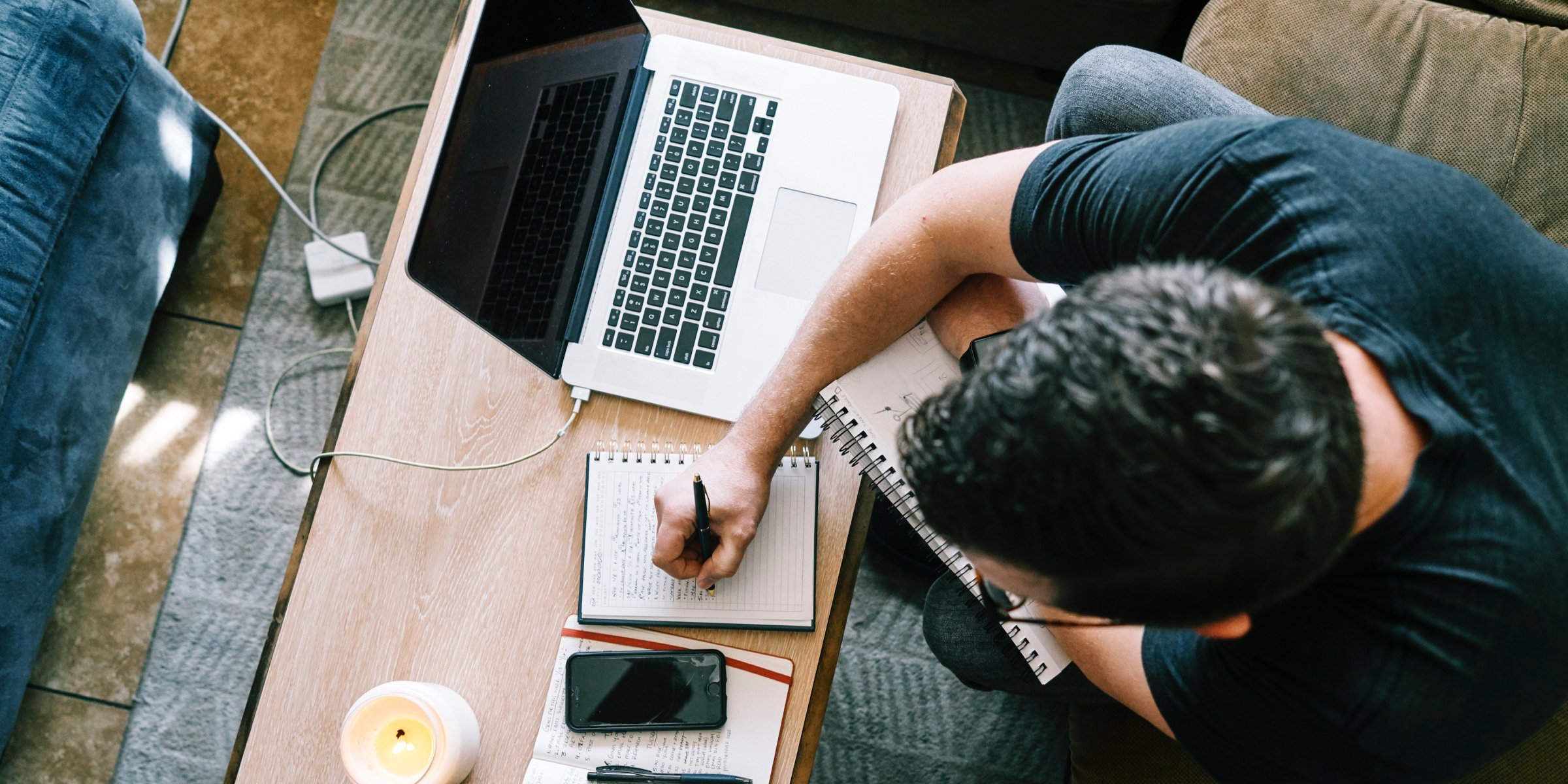
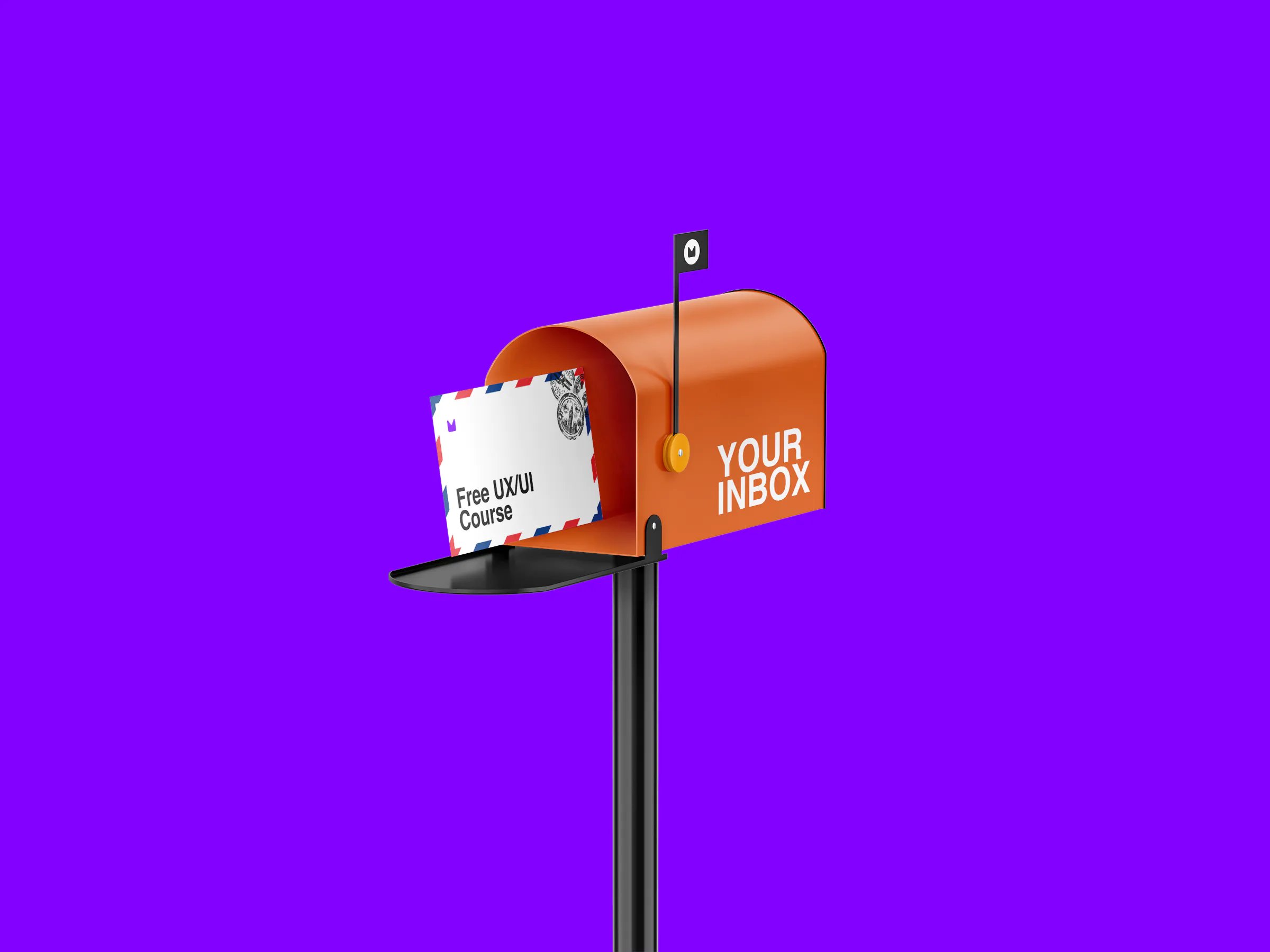
Get a Free UX/UI Course in Your Inbox Every Day for 15 Days
By the end of this three-week crash course, you'll have a much better understanding of the tech industry, the design craft, and all the knowledge you need to start building your career.

As a designer, you know that success in this field requires a wide range of skills, from communication and time management to creativity and problem-solving. But there's one skill that often goes overlooked, yet has the potential to be a game-changer: self-reflection. Hear me out before you dismiss this idea – by taking the time to reflect on your work and your process, you'll gain a deeper understanding of your strengths and weaknesses, develop better strategies, and become more efficient and mindful in your work. In this article, we'll explore why self-reflection is such a powerful tool for designers, and how you can start incorporating it into your own practice.
Although it may sound complicated and exclusive, self-reflection is a skill that can be easily learned. Essentially, it involves taking a step back from your work to examine your thoughts, feelings, and actions and how they impact your outcomes.
Before we delve into the how, let's first consider why self-reflection is important and how it can benefit your work. Here are a few reasons:
✅ New Perspectives: Self-reflection can help you step outside your comfort zone and consider alternative perspectives, which can broaden your outlook and improve your work.
✅ Self-Awareness: By reflecting on your work, you can better understand your strengths, weaknesses, and motivations, which can be leveraged to make your work more impactful or advance to a more senior role.
✅ Collaboration: Reflecting on your work can help you understand other designers' perspectives and needs, improving communication with other designers, teams, or stakeholders.
There are three types of reflection processes that I like to differentiate, even though they are closely interconnected. As a Designer, reflecting in these ways will help you identify improvement opportunities across all areas of your work. Let's examine them one by one.
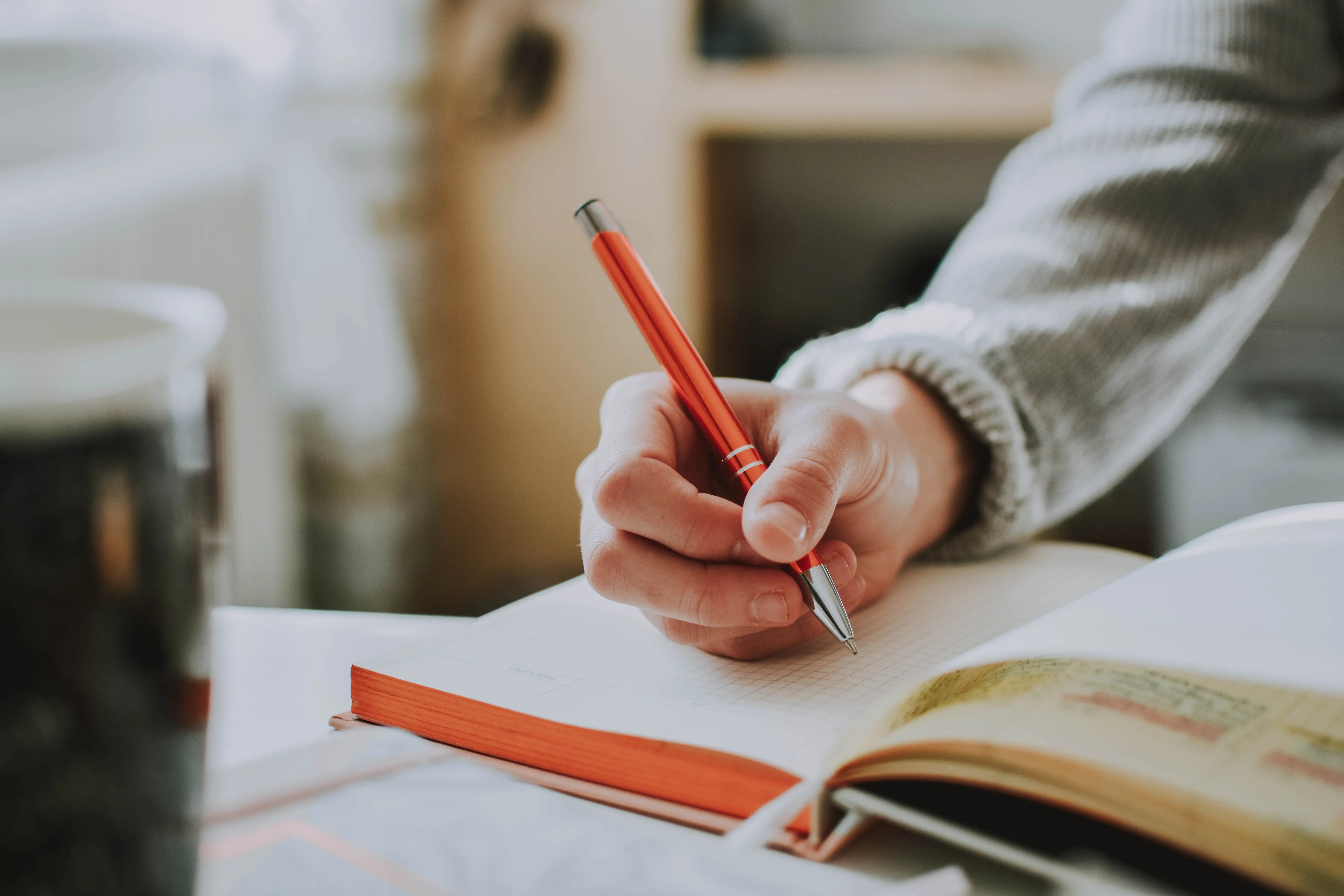
Reflecting on your personal signature, or who you are as a designer, involves taking a closer look at your personal values, beliefs, and skills that influence your design approach. This reflection can help you identify your strengths and areas where you can improve.
The goal of this type of reflection is to understand how to position yourself in the market and develop your personal brand foundation. By reflecting on your skills, learning, and areas for improvement, you can set fresh goals and determine what to focus on next.
On the positive side, being aware of your unique qualities and strengths can boost your confidence and help you combat imposter syndrome. This type of reflection is also beneficial when transitioning to a new industry or taking on a more senior designer role.
I always advise my mentees to reflect on their skills. As someone who transitioned from finance to design later in life, I understand the importance of leveraging your existing skills and understanding how they can apply to a new career.
To practice this type of reflection, here are some tips:
✅ Define your unfair advantage and identify what makes you great. Your skills can come from various areas of your life, such as school, family, or hobbies.
✅ Keep a journal to record your thoughts, feelings, and ideas during the design process. This can serve as a reference point for future reflection and identifying patterns in your thinking and behavior.
✅ Seek feedback from the people you work with to support your self-reflection process and validate your assumptions. Feedback can come from anyone, not just your manager or design critiques.
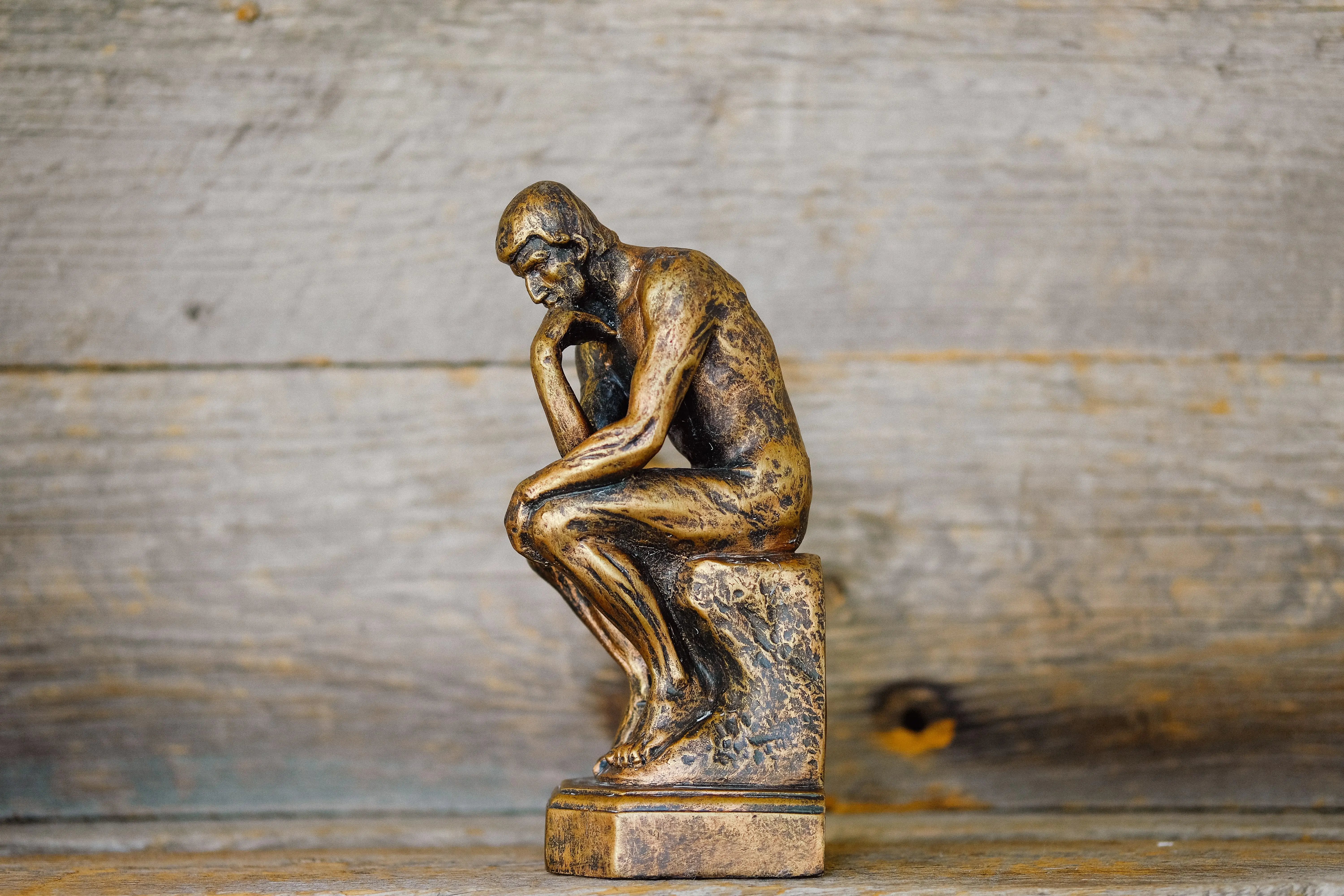
When you reflect on your design process, you are analyzing the techniques, tools, and overall approach you use to create designs. This allows you to understand how your skills are applied in practice and how you communicate your message to the world.
The main objective of this reflection is to understand where your process is effective and where it needs to be adapted to your needs and limitations. By taking a step back and challenging the status quo, you can save time and reduce additional stress.
For example, if you tend to skip the research phase and jump straight into UI design, you may reflect on why this is happening and make a conscious effort to change. If collaboration with developers isn't going well, you can focus on finding ways to improve communication. Even small adjustments to your process can make a big difference.
To practice this reflection:
✅ Conduct retrospectives with your team to identify areas for improvement and refine your approach.
✅ Attend conferences and workshops to learn about new processes, tools, and strategies that can make you more efficient and effective.
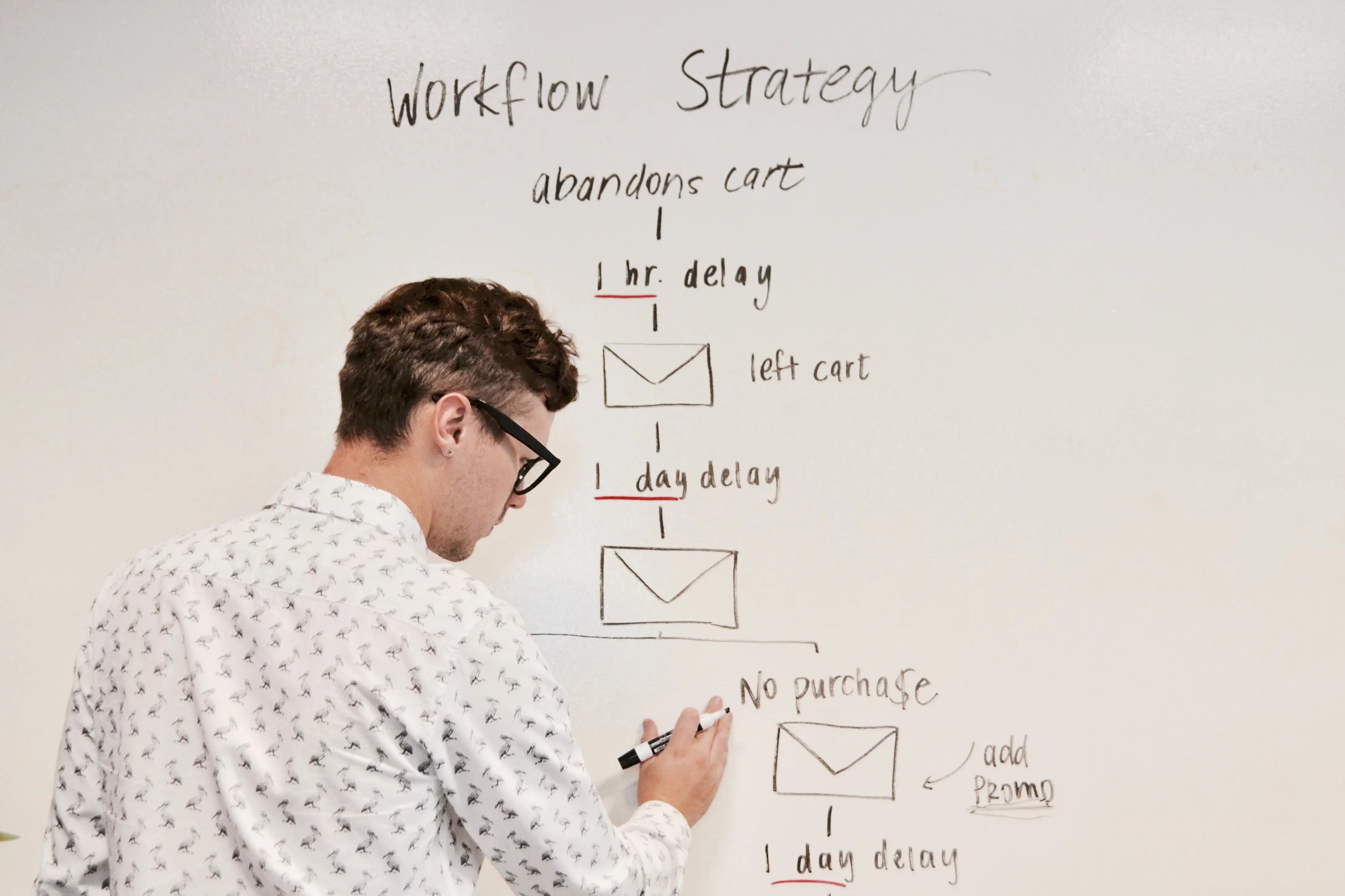
Reflecting on your results means taking a step back and looking at the impact your designs have on users, clients, and society as a whole. This type of reflection helps you understand what is working and what isn't. Are you creating value or just staying busy?
Although it's easy to get lost in pixels and design, it's essential to understand the business side of things and how your work impacts it. This not only boosts your confidence but also shows clients that you're a professional.
Here are some ways to practice reflecting on your results:
✅ When starting a project, take the time to understand not only the industry but also the perspective of stakeholders. Conduct interviews to align on what "our product" means to each person.
✅ Check in with your client regularly, not just for project delivery. The Figma file you hand over is a means to an end, not the final product. Even after the project ends, keep in touch and see how you can continue to help.
✅ If you're lucky enough to start and see a project through to completion, pay attention to what people are saying. Get out of the design bubble and be present and aware of feedback from users, investors, and stakeholders.
In conclusion, self-reflection is a crucial skill for designers that can lead to better outcomes, improved communication, and personal growth. By reflecting on your personal signature, design process, and results, you can gain a deeper understanding of your strengths, weaknesses, and motivations, which can help you position yourself in the market, develop your personal brand foundation, and identify improvement opportunities across all areas of your work. Reflecting on your work can also broaden your outlook, challenge the status quo, and help you communicate your message effectively. With practice, self-reflection can become a powerful tool in your design practice, allowing you to work more efficiently, mindfully, and collaboratively. So take some time to reflect on your work and see how it can help you become a better designer.